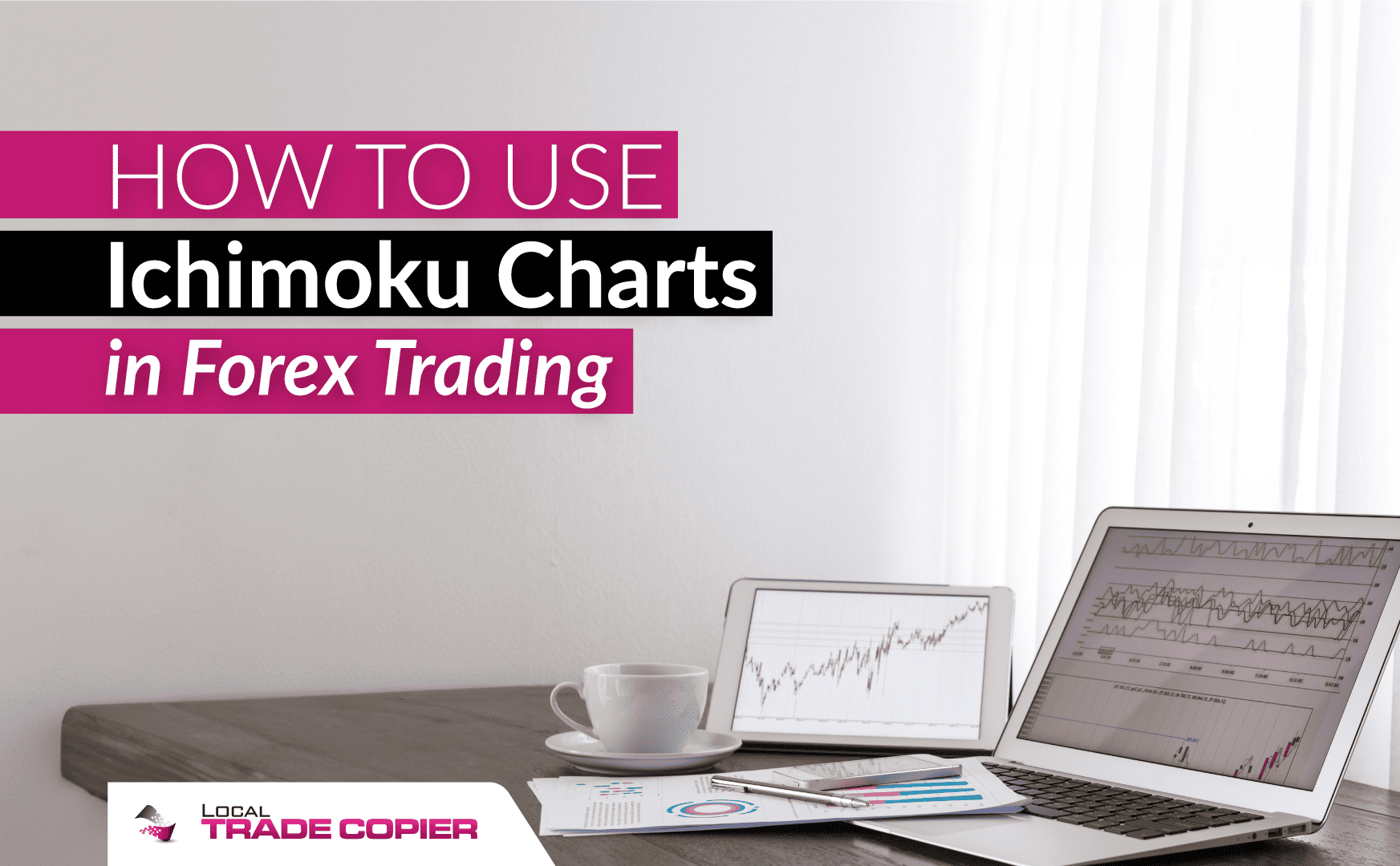
Forex trading involves a multitude of tools and indicators to analyze market trends. Ichimoku charts, a complex yet insightful tool, have gained attention for their holistic approach to market analysis. In this article, we’ll take a detailed journey through the essence of Ichimoku charts, understand their components, explore their application in the forex market, discuss strategies, advantages, and limitations, and even delve into common mistakes to avoid. It’s a guide for beginners and a refresher for seasoned traders.
Introduction to Ichimoku Charts
Ichimoku charts, developed by Goichi Hosoda, offer a comprehensive approach to technical analysis in financial markets. They integrate multiple indicators into one chart, providing a holistic view of price momentum, trend direction, and potential support and resistance levels. Consisting of elements like the cloud, Tenkan, and Kijun lines, Ichimoku charts assist traders in identifying market trends and making informed trading decisions based on these visual indicators.
Components of Ichimoku Charts
Tenkan-sen (Conversion Line)
The Tenkan-sen, often referred to as the Conversion Line, calculates the average of the highest high and lowest low over a specified period, typically nine periods. This section delves into its role in market analysis and how traders interpret its movements.
Kijun-sen (Base Line)
The Kijun-sen, also known as the Base Line, represents the average of the highest high and lowest low over a longer period, usually 26 periods. Understanding its significance and its relation to the Tenkan-sen is vital in comprehending Ichimoku charts.
Senkou Span A and Senkou Span B
Senkou Span A and Senkou Span B are components that form the “cloud” in an Ichimoku chart. This section explores how this cloud behaves and its implications for traders in identifying support and resistance levels.
Chikou Span
The Chikou Span, or the Lagging Span, reflects the current closing price plotted 26 periods back. It’s crucial in interpreting signals and understanding its relation to the past price action.
Interpreting Ichimoku Signals
Interpreting Ichimoku signals involves analyzing various components like the cloud, Tenkan, and Kijun lines to identify potential market trends and entry/exit points. The intersection and positioning of these indicators provide insights into market direction and help traders make informed decisions based on the signals they generate.
Using Ichimoku Charts in Forex Trading
Ichimoku charts are valuable in Forex trading for their comprehensive insights into market trends and potential reversals. They provide a holistic view of support and resistance, momentum, and aiding traders in identifying entry and exit points based on the interplay of various indicators, such as the cloud, Tenkan, and Kijun lines. This tool assists in making informed trading decisions by offering a clearer picture of market dynamics.
Common Mistakes to Avoid
When using Ichimoku charts, avoid common mistakes such as solely relying on a single indicator without considering the whole picture they present. Misinterpreting signals, especially in volatile markets, and neglecting to consider current market conditions can lead to errors. Additionally, overlooking the importance of practice and understanding the variation of each indicator might result in inaccurate trading decisions.
Advantages of Ichimoku Charts
Ichimoku charts offer a holistic view of the market, consolidating multiple indicators into one, providing a clearer understanding of trends, support, and resistance levels. Their visual nature simplifies analysis, making it easier for traders to identify potential entry and exit points. Additionally, Ichimoku’s ability to adapt to different time frames enhances its versatility in various trading strategies.
Disadvantages of Ichimoku Charts
Despite their advantages, Ichimoku charts can be complex for newcomers, requiring time and effort to fully understand and apply effectively. They might also generate conflicting signals in certain market conditions, leading to potential confusion or indecision for traders. Additionally, the subjective nature of interpreting these charts can result in different readings among analysts, which might lead to varied trading strategies and outcomes.
Maximizing Ichimoku’s Potential
To maximize Ichimoku’s potential, start by thoroughly understanding each component and their interactions. Combine it with other indicators to validate signals and confirm trends. Regular practice and testing different settings and time frames can help tailor it to your trading style. Also, consider using it alongside fundamental analysis for a comprehensive market view.
Ichimoku Charts: Future Trends
The future trends of Ichimoku charts seem promising as they continue to be widely adopted in various financial markets. Their adaptability across different time frames and the ability to offer a comprehensive view of market dynamics are likely to sustain their popularity. With ongoing advancements in trading technology, Ichimoku charts might see further refinements and integrations, potentially becoming even more user-friendly and precise for traders.
Conclusion
Ichimoku charts offer a multifaceted approach to analyzing financial markets, providing a comprehensive view of trends, support, and resistance levels. While they present both advantages and disadvantages, mastering their use through practice, combining with other tools, and considering market conditions can significantly enhance their effectiveness in making informed trading decisions. The future of Ichimoku charts appears promising, likely to continue evolving and remaining a valuable tool in the realm of technical analysis.
FAQs
1. Are Ichimoku charts suitable for beginners?
Ans. While they offer comprehensive analysis, their complexity might be challenging for newcomers.
2. Can Ichimoku charts be used alone for trading decisions?
Ans. It’s recommended to use them in conjunction with other indicators for more robust decisions.
3. How often should one check Ichimoku charts?
Ans. Regular checks are advisable, especially when considering shorter timeframes.
4. What markets are suitable for Ichimoku chart analysis?
Ans. Ichimoku charts can be applied across various markets, including stocks, Forex, and commodities.
5. Is Ichimoku chart analysis foolproof?
Ans. No, while powerful, it’s essential to remember that no tool guarantees absolute success in trading.